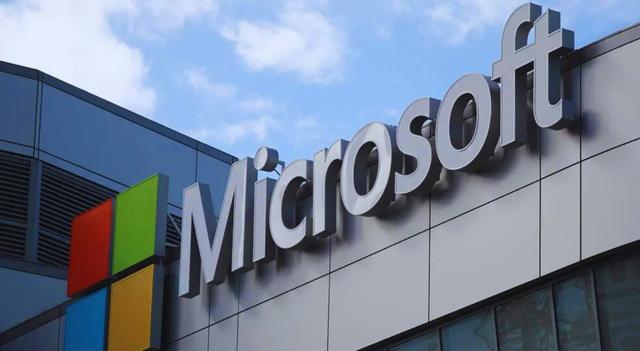Microsoft (NASDAQ:MSFT) released quarterly results on Wednesday (29) after the market closed, and beat Wall Street estimates with revenue of $77.7 billion and earnings per share of $3.72, above the expected $75.6 billion and $3.68. However, high costs related to artificial intelligence infrastructure and recent technical failures raised concerns.
Hours before the announcement, the company faced a global outage in its Azure and Office 365 services. The problem, caused by an incorrect configuration change in Azure Front Door, affected Xbox websites, Alaska Airlines , and even corporate pages. Full recovery was estimated for early evening.
The Azure outage occurred just one week after a similar blackout at Amazon Web Services (AWS), its main competitor. Both companies dominate the cloud sector, with 32% and 23% market share, respectively, according to Canalys. Google Cloud lags behind with 10%.
Despite the setback, Azure shone in the results. The unit’s revenue grew 40%, exceeding expectations of 38% and consolidating Microsoft’s dominance in cloud computing. The Intelligent Cloud segment generated US$30.9 billion, above the forecast of US$30.25 billion.
CEO Satya Nadella stated that Microsoft is “building a planetary-scale AI and cloud factory,” driven by the success of Copilot assistants in tools like Word, Excel, and GitHub. Enthusiasm for AI remains the company’s primary growth driver.
Despite the optimism, aggressive investment in AI infrastructure has put pressure on costs. Capital invested in the quarter rose 74%, reaching US$34.9 billion, above the projected US$25.5 billion. According to the company, about half of that was allocated to short-term chips and servers.
Chief Financial Officer Amy Hood highlighted that capital expenditures will remain high in 2026, reflecting the expansion of data centers. Microsoft acknowledged that infrastructure shortages are expected to persist into next year, which could limit the growth rate of Azure.
Free cash flow reached US$25.7 billion, a 33% increase over the previous year, exceeding expectations of US$19.2 billion. The increase was driven by finance leases, which reduced the impact of capital expenditures on operating cash flow.
The Productivity and Business Processes area, which includes Office and LinkedIn, generated US$33 billion, exceeding the projection of US$32.33 billion. The Personal Computing segment, which includes Windows, advertising, and Xbox, totaled US$13.8 billion, a 4% increase.
Windows revenue grew 6%, driven by device replacements in preparation for the end of Windows 10 support. This highlighted the operating system’s importance as a stable source of revenue, even amidst the rise of the cloud.
The partnership with OpenAI remains a key differentiator. Microsoft owns 27% of the startup, valued at approximately US$135 billion, and announced a new agreement that expands access to AI inference technology for several years. The deal was praised by analysts.
Regarding Azure’s performance and integration with OpenAI, CEO Nadella stated that demand “continues to accelerate across all segments and geographies.”
shares fell as much as 3% in extended trading, after closing at $541.55 in regular trading. Even so, they are projected to gain 29% by 2025.
With all 61 FactSet analysts recommending buying, the consensus is that monopolies in Office and Windows guarantee stability, while Azure and AI promise future growth. Still, high investments will continue to challenge margins in the short term.
